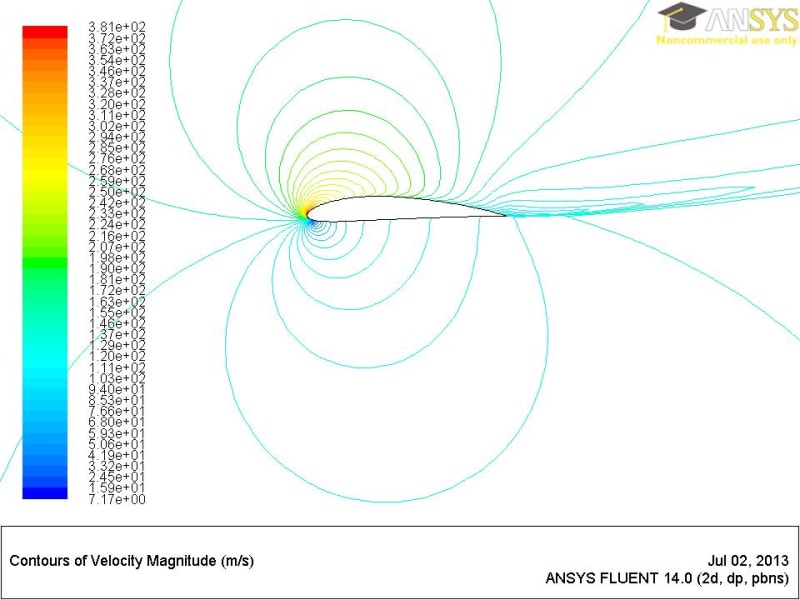The intention of this method is to suppress the separation of flow over a wing by using the piezoelectric property. Attempt is made to reduce the loss of lift at higher angle of attack and hence increase critical angle of attack.
The piezo fan is an arrangement of a piezo ceramic along with a polyester film attached to it so that it vibrates on introduction of electricity onto the piezo ceramic. The apparatus setup is fixed on the wing test section of an aircraft and is tested on the wind tunnel for flow induction properties.
The airfoil selected is a NACA four series symmetric airfoil 0012 which is made into a wind tunnel test piece of dimension in accordance with the given wind tunnel. The airfoil is first tested on the wind tunnel so as to find the point of flow separation on the airfoil surface. The port on the airfoil corresponding to the flow separation is noted. Thus the line of flow separation on the surface of wing section is found out in terms of percentage of chord and marked.
The piezo fan is connected to the wing test section at the line along which is found to take place. The voltage supply to the piezo fan is closed and fan is made to vibrate. The wing is tested in the wind tunnel for different speeds for the point of flow separation.
The effect of piezo fan in the change of flow separation point in the wing section is studied and deduced whether the apparatus is capable of extending the point of flow separation along the wing in terms of percentages of chord length.
If the flow can be induced further then the loss of lift at high angles of attack can be reduced and perhaps stall angle can be increased.
Like this entry?
-
About the Entrant
- Name:Vishnu Thampy
- Type of entry:teamTeam members:Dinesh Kumar G
Vishnu S Thampy
Sista A.S Vijay
Nagaleela Madhuri - Software used for this entry:ANSYS FLUENT
- Patent status:pending





